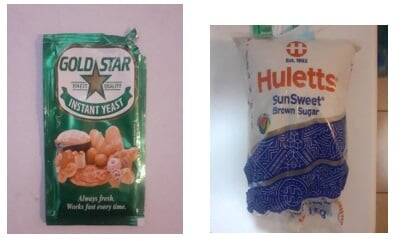
Yeasts are eukaryotic, single-celled microorganisms that belong to the fungal kingdom. When yeasts consume sugar and convert it to energy, they emit carbon dioxide, this is referred to as fermentation. The yeast will be more active and develop faster if there is more sugar present. While sugar and other sweets provide “food” for yeast, too much sugar can harm it by draining moisture from it and preventing it from growing. Too much sugar also delays the development of gluten. Increase the amount of yeast in the recipe or find a comparable recipe with less sugar.
Sweet yeast doughs will rise more slowly. Fermentation is sped up by a small amount of sugar, up to 3%. Warm water makes yeast grow, cold water has the reverse effect, and hot water kills yeast. Temperatures ranging from 0 to 47 degrees Celsius are suitable for yeast growth. Yeasts flourish in acidic settings with pH levels between 4.0 and 4.5. They can grow in lower pH environments than other bacteria, but not in alkaline environments. Yeasts are common in nature and can be found on grapes and other fruits. All yeast need food, moisture, and a controlled temperature environment in order to ferment. Its byproducts from food consumption include carbon dioxide, alcohol, and other organic molecules.
comparing yeast growth at various sugar concentrations.
(funnel may be needed to safely transfer the ingredients into the water bottles)
